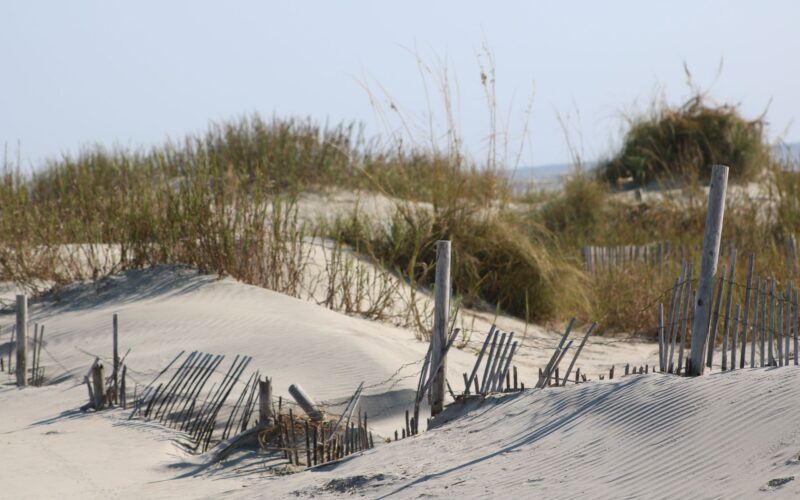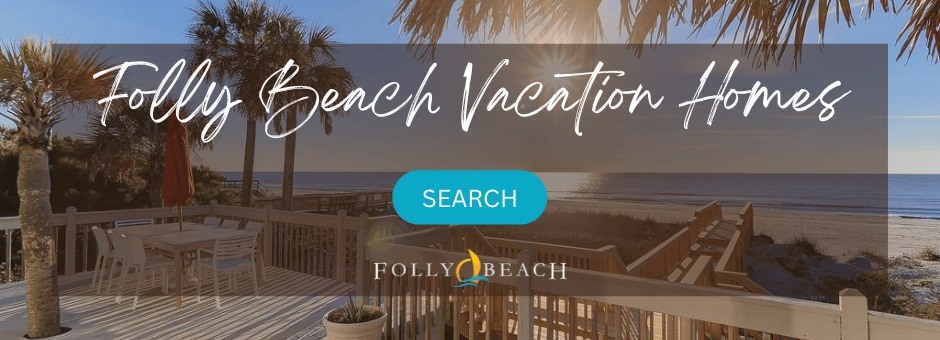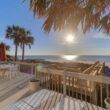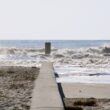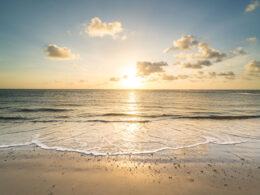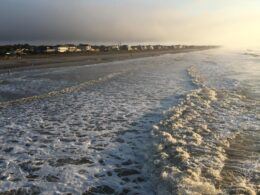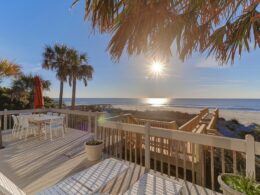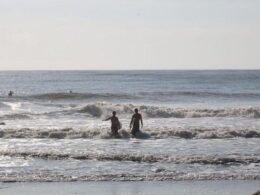When most people think of Folly Beach, they picture waves, sand, and surf. But one of the most important—and often overlooked—features of our coastline is the sand dunes and the dune grass that holds them together. These natural systems are more than just beautiful scenery; they are protectors, builders, and homes for wildlife, all working quietly to keep the Lowcountry strong.
Why Sand Dunes Matter
Sand dunes are the first line of defense for Folly Beach. They protect people, property, and infrastructure by acting as natural barriers against:
- Storm surge and flooding – absorbing the impact of high tides and hurricanes.
- Coastal erosion – slowing down the loss of sand along our shoreline.
- Wind and waves – dispersing energy before it reaches homes and businesses.
Without healthy dune systems, the Lowcountry would be far more vulnerable to extreme weather events.
The Role of Dune Grass
The tall, wispy dune grasses you see—like sea oats and bitter panicum—are the glue that keeps dunes intact. Their deep roots stabilize the sand, while their blades trap windblown grains, helping dunes grow taller and stronger.
Every patch of dune grass contributes to:
- Natural dune growth by catching sand over time.
- Stronger storm protection through root anchoring.
- Long-term coastal resilience by allowing dunes to rebuild after erosion.
This is why it’s so important to avoid walking on dunes or damaging dune vegetation—the grass is what keeps the dunes alive.
Dunes: Always Changing
Unlike seawalls or man-made barriers, dunes are living landscapes. They shift with wind, tides, and storms, but thanks to dune grass, they regenerate naturally.
- After a storm, dunes may appear damaged, but over time, sand is recaptured and the system rebuilds itself.
- Restoration projects, such as fencing and replanting dune grass, often work with nature to accelerate recovery.
- Seasonal changes in wind and tides mean the dunes at Folly Beach never look exactly the same year to year.
This cycle of erosion and recovery is part of what makes dunes a sustainable form of coastal protection.
Wildlife and Sand Dunes
Sand dunes also provide critical habitat for Lowcountry wildlife.
- Birds such as piping plovers and least terns nest among the grasses.
- Ghost crabs and insects thrive in the sandy environment.
- Loggerhead sea turtles—South Carolina’s state reptile—often lay their eggs near or within the dunes, where elevation protects nests from flooding.
By protecting dunes, Folly Beach is also protecting endangered and threatened species that depend on them.
What Visitors Can Do
If you’re visiting Folly Beach, you can help preserve dunes and dune grass by:
- Staying on designated beach access paths.
- Respecting dune fencing and avoiding walking on dunes.
- Supporting local dune restoration efforts.
Even small actions make a big difference in keeping Folly Beach beautiful and resilient.
The Takeaway
Sand dunes and dune grass are more than just a backdrop for your beach day. They:
- Protect homes and businesses.
- Preserve wildlife habitats.
- Maintain the natural beauty of Folly Beach for generations to come.
So next time you visit, take a moment to admire these quiet guardians of the Lowcountry—they’re one of the most valuable treasures on Folly Beach.

